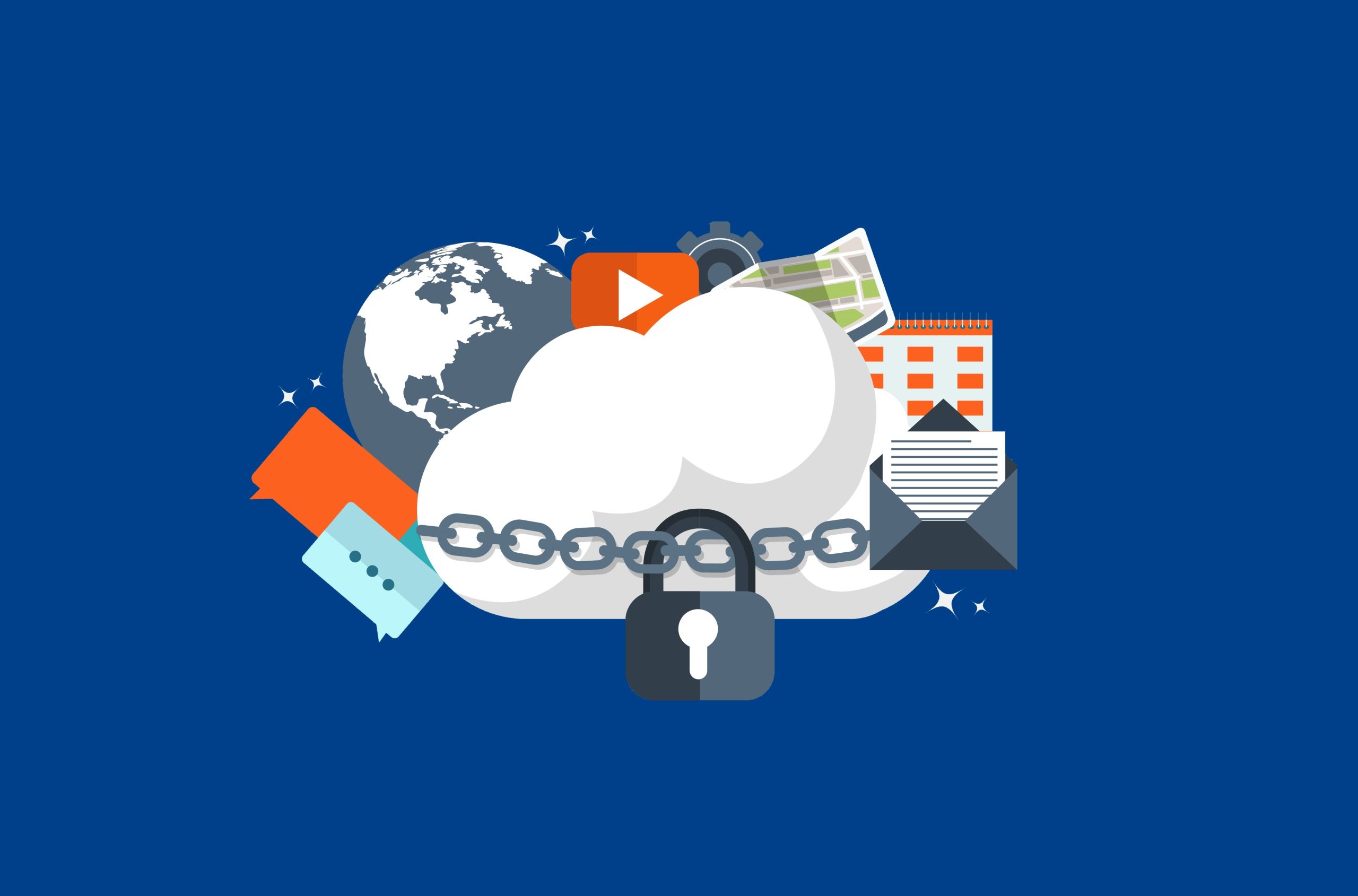What is the cloud – the simplest explanation of cloud computing

Cloud services, cloud migration, cloud computing, private cloud, public cloud and finally – the Cloud Hype. Over the past few years, our dictionaries filled in with cloud-related words. More and more people start to use this term in a variety of context, often non-technical. The wider the application though, the more confusing is its understanding. This is why at Areus, we have decided to answer this crucial question – what exactly is the cloud?
The definition of the cloud
The most commonly accepted definition of cloud computing, was proposed by National Institute of Standards and Technology in 2011.
The definition is as follows:
“Cloud computing is a model for enabling ubiquitous, convenient, on-demand network access to a shared pool of configurable computing resources that can be rapidly provisioned and released with minimal management effort or service provider interaction.”
Converting this definition into easier words, cloud computing, or simply – the cloud, means using applications provided entirely through internet, without the need for the customer to purchase or install any software or hardware. All of the data is stored on the servers of the provider, making him responsible for its security and functioning. The end user only pays for the access to particular applications or storage.
The origin of the cloud
Although cloud’s popularity boosted over the last years, it is not a new concept. The origin of this term comes from old programs, drawing network schematics. They would picture a server as an icon surrounded by circle, cluster of which resembled a cloud.
Cloud computing is a result of constantly evolving information technologies. Its foundation was the concept of a cluster – a set of independent computers, connected by communication links, which allow them to synchronize and work as one computing entity.
Next the concept of computing grids evolved. It consists on connecting computers from different locations into powerful entities that may perform different tasks leading to the same goal.
Finally, another predecessor of cloud computing was created, called virtualization. This technology enabled running many computing entities on a single physical entity, permitting its computing power to be utilized by multiple users simultaneously.
Types of cloud computing
Nowadays cloud computing is used by almost everyone with an access to the internet. Thanks to its vast applicability, the cloud brings value to both – individual users and big international companies. Three main types of cloud computing may be distinguished, based on the scope of services provided:
– Infrastructure as a Service (IaaS) – in this kind of cloud solutions the service provider facilities the user with raw computing resources, such as computing power, storage, communication links and networks. The user is responsible for choosing and running any operational systems or software. While it allows the client to have the tightest control over the data, it also requires having deep technical knowledge.
– Platform as a Service (PaaS) – here, apart from computing resources, the user is also provided with programming tools for creating and running applications. These may be for example – compilers, application servers, interpreters of programming languages and databases. The client has no control over the main infrastructure, but can in exchange exploit ready-to-use, actualized programming environment. This reduces the level of required knowledge and effort needed to establish and maintain the infrastructure.
– Software as a Service (SaaS) – in this most popular model of cloud computing, the end
user is provided with ready software. All of the data is running on the provider’s servers. The client has no control over the infrastructure. He is given a direct access to the application through program interface, which may be a web browser or a desktop application. Giving up control over the data is a price for utilizing ready applications without the need for big investments or expertise.
In reality, cloud computing can be used as a model for providing virtually any of IT related services. Thus, many additional categories, besides the main three, can be distinguished as well.
One of the examples would be MaaS – Monitoring as a Service, which includes software used to monitor the status of running applications and which can help to prevent any breakdown-related risks.
Another example would be Caas – Communication as a Service, which consists on providing the end user with access to communication channels through internet, such as VoIP (Voice over Internet Protocol), which allows to send voice messages and make calls through the network.
Finally, because of the huge scope of offered services, cloud computing is sometimes related to as Everything as a Service (Xaas/Eaas/aas).
How to implement a cloud
The cloud can be implemented to any business by so called cloud migration, where all of the data is exported to the external servers – the cloud. This can be done by an external cloud services provider, just like Areus. Using best quality cloud infrastructure, such as Amazon Web Services, Google Cloud or Microsoft Azure, is a guarantee of 100% security and functionality.
The cloud provider assesses what is the best solution for the business, implements the cloud and takes care of the further maintenance. Moving to cloud with Areus means shifting the company’s IT systems to the next level of efficiency. Set up the first meeting with your new cloud provider today, by contacting us here.
